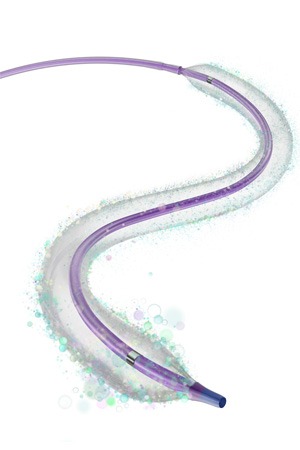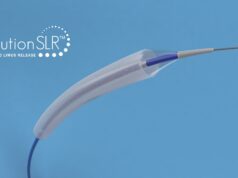
Medtronic has launched the IN.PACT BTK study to evaluate the effectiveness of using a drug-coated balloon in patients with below-the-knee (BTK) peripheral artery disease.
This study will evaluate the IN.PACT 0.014 paclitaxel-coated percutaneous transluminal angioplasty balloon catheter. This is an investigational device, which uses Medtronic’s IN.PACT Admiral drug-coating technology.
Antonio Micari of Maria Cecilia Hospital in Cotignola, Italy, performed the first procedure on a patient with critical limb ischaemia. Micari reports that the first patient is doing well post-treatment.
“The first patient enrolment in the IN.PACT BTK study marks a landmark milestone in identifying a treatment option for below-the-knee peripheral artery disease,” says Micari. “Given the chronic nature and co-morbidities of this disease, there is a critical need for treatment options that are safe and durable. I look forward to continuing patient enrolment to evaluate the use of this drug-coated balloon in treating this challenging disease state.”
“Patency rates after conventional balloon angioplasty can be challenging in BTK disease, and we believe that a sustained patency could improve healing and reduce the need of target lesions revascularisation and major amputation,” said Francesco Liistro, chief of Cardiovascular Intervention at San Donato Hospital, Arezzo, Italy. “Multiple studies have evaluated drug-coated balloon s in the superficial femoral arteries, but the need for clinically supported treatment options for below-the-knee peripheral artery disease still remains. We look forward to participating in this significant trial to evaluate the IN.PACT 0.014 drug-coated balloon in a complex critical limb ischaemia patient population, particularly given the strong evidence for use of IN.PACT Admiral in the superficial femoral arteries.”
The IN.PACT BTK study is a prospective, randomised, multi-centre study that will enrol approximately 60 patients at four sites in Europe. The study’s primary endpoint is late lumen loss at nine months in patients who received treatment with the IN.PACT 0.014 drug-coated balloon compared to standard percutaneous transluminal angioplasty. The study also includes a wound care protocol.













